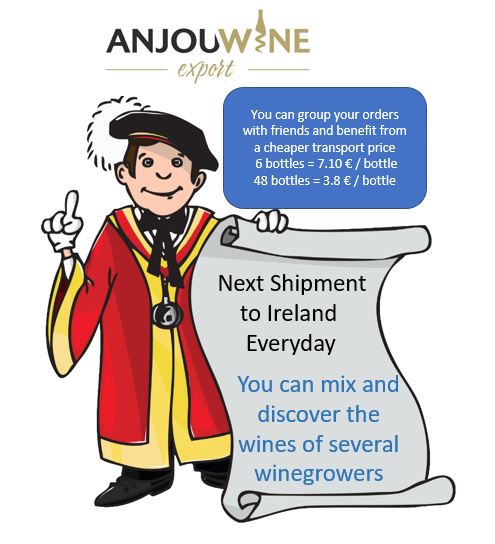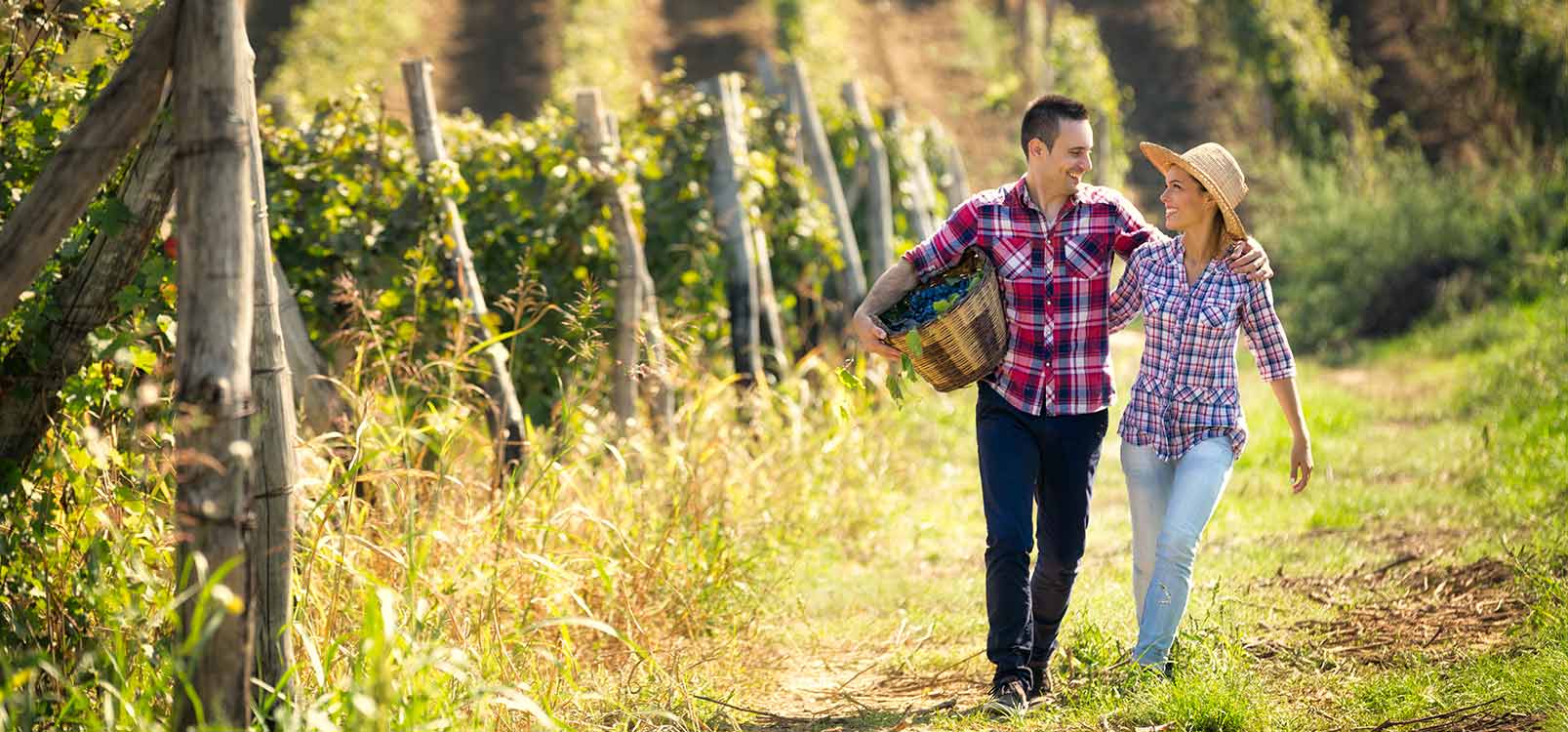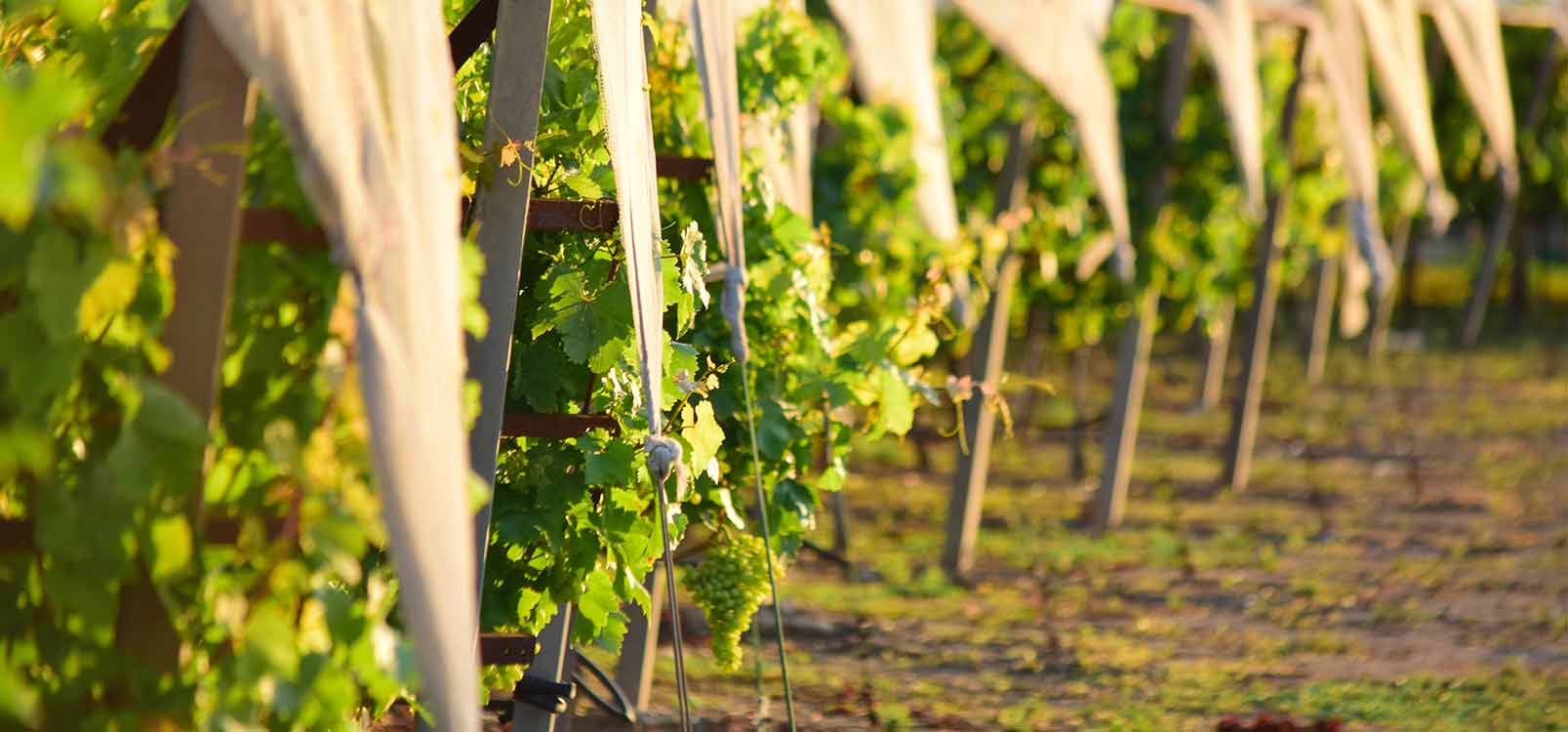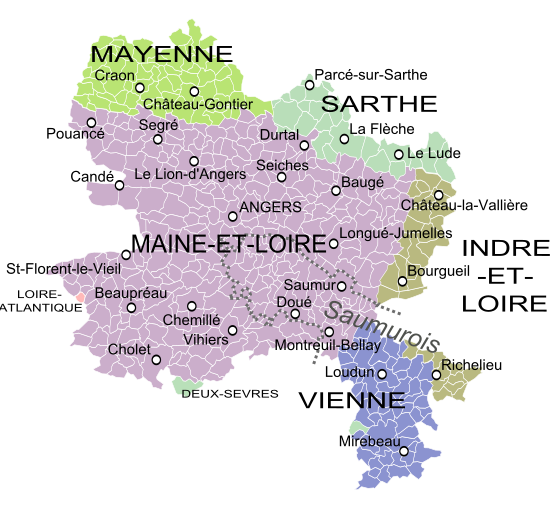The vineyard of Anjou is located in the heart of the 3rd largest wine region of France
Anjou is first and foremost a historical and cultural region that corresponds to the former province of the same name and whose capital is Angers. Although the Duchy has disappeared, the term “Anjou” has always remained.
This territorial delimitation has its origin in Antiquity with the Andean people.
Occupied by the Romans this territory is later influenced by the Franks and Bretons.
The Anjou retains its independence against the royal power until 1259. Given as an appanage to the death of Louis VIII of France, it is erected in duchy in 1360 and finally attached to the kingdom of France in 1481.


Anjou is also a vineyard, varied varietals of extreme richness and a diversity of soils between schist and tuffeau which provide a range of typical wines produced in the largest vineyard of the Loire Valley listed as World Heritage. Sully in Chalonnes sur Loire. Whether white, red or rosé Anjou wines are identified by their region of production to the point of bearing the name backed by color.
Chenin, the king of the Loire, produces many dry white wines when harvested at the beginning of the harvest. Harvested at the end of the harvest, it allows to elaborate soft wines, even sweet
Soil diversity produces fruity reds characteristic of shale soils or limestone soils planted with Cabernet Franc and Cabernet Sauvignon.
The lightness and variety of the Anjou rosés make the palets vibrate and enrich the offer that can not be complete without the famous crémant and these wonderful fine bubbles.
Although alive today, the vineyard is a wealth that draws hillsides and ensures the Loire countryside a certain prosperity. The wine trade has long contributed to the dynamism of the Loire shipping industry, a means of exchange that deeply marked the populations because, beyond the goods, it is also the news and the ideas that these boats hawked. .
Anjou is the 3rd wine region of France. With its 20,000 hectares of vineyards and 27 appellations the region offers a wide variety of wines to discover.


Anjou, a land of life
Located 300 km south east of Paris, between Nantes and Tours, Anjou is first of all a land of history. Nearly a thousand castles spread throughout the Maine et Loire department offer visitors an immense heritage and plunge these into the history of France: the Château d’Angers, solid and proud, as a lookout above the Maine, the castle of Breze, which reveals an incredible underground life, the castle of Brissac, the highest of the Chateaux of France, still inhabited … and many others which offer a prestigious decoration to the shows, meetings and animations which are there organized.
It is also a land of plants. Next to the many private or public gardens that benefit from the light and the climate, several places see, every year, their attendance increase: Garden Medicinal Plants of Chemillé, Oriental Park of Maulévrier and Terra Botanica, floret of Anjou. In Anjou, cultivating your garden is not an empty word.
It is obviously a viticultural land. Its varied subsoil allows the vines to flourish and the winemakers to produce ever larger wines. Prestigious appellations, spread along the left bank of the Loire, the Royal River which crosses the department of Maine and Loire, from East to West, attract more and more oenophiles who recognize the work increasingly rigorous winemakers . The emblematic grape remains the chenin which is declined in Crémant, in Dry whites, in soft and sweet wines, according to the vintages: wines to be discovered, to deepen too.
It is also a land of dynamism. In Anjou, we love to undertake, we like to create, we like to gather. If the Angevins seem often modest, it is because they do not seek at all costs center stage. They love their territory and invite you to share it. The many walks possible on the hundreds of marked trails will allow you to sing with them the ride of happy people!

Historical boundaries
In the 18th century, the Angers territory reached was made up of two entities separated by the Loire. Upper Anjou (Haut-Anjou), located north of the Loire and lower Anjou, located south of the Loire.



